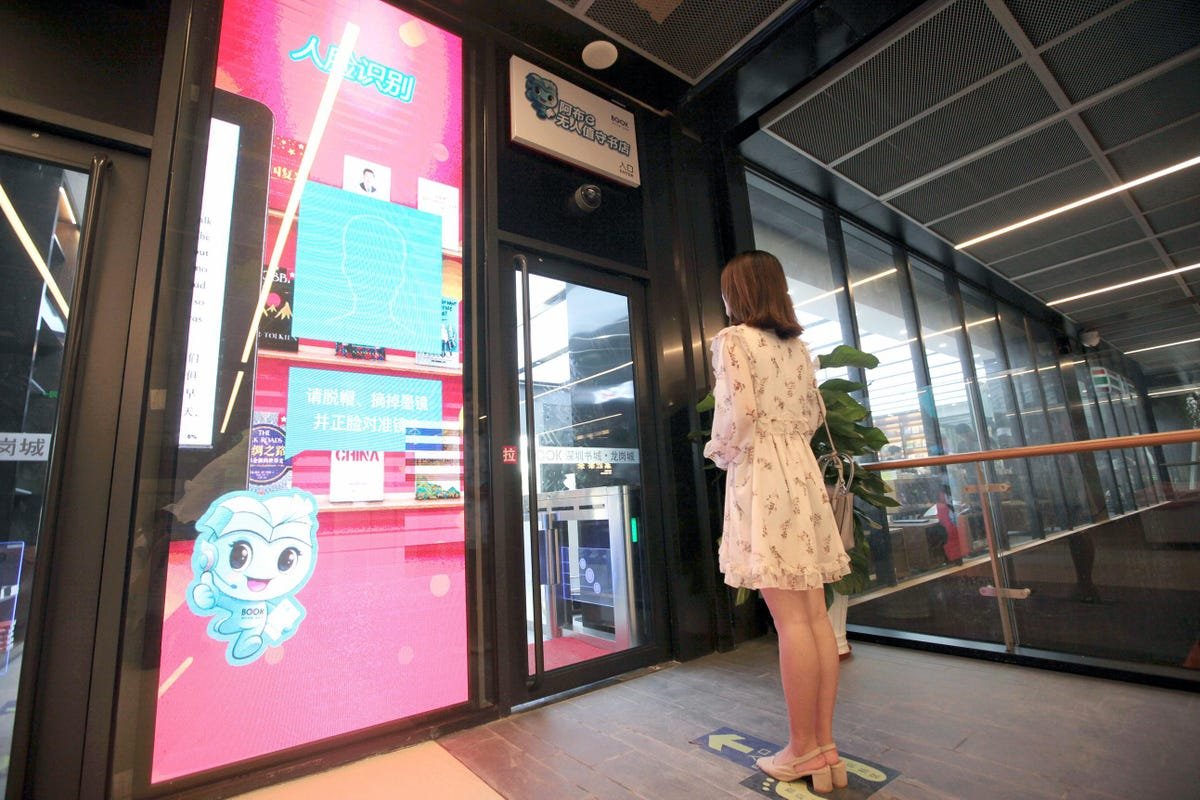Three Ways The Future Retail Store Will Change – Forbes
The fundamental role and purpose of retail stores are changing. Digital transformation forced brick-and-mortar outlets to evolve as more of the path to purchase shifted online. Now, as e-commerce expands, retailers are reimagining the functionality of stores and tapping into digital tools to keep those stores relevant.
Physical retail will remain the largest and most important channel for the foreseeable future, but how space is leveraged will transform. In Euromonitor’s recent Commerce 2040 virtual event, Jason Goldberg, chief commerce strategy officer at Publicis, noted that stores are no longer a singular touchpoint in the shopping journey; now, stores play several roles, becoming platforms that serve multiple missions and stakeholders.
Recently, retailers have reduced footprint entirely or used physical outlets to support online fulfillment operations or branded experiences. Personalized, immersive and collaborative concepts will advance the store experience of tomorrow.
A hallmark of the future store will be identifying the customer at check in rather than check out. Historically, stores have not been equipped to detect the identity of a shopper until payment, limiting the ability to personalize in-store shopping trips.
A customer enters an unmanned bookstore using face recognition system in Shenzhen, Guangdong … [+] Province of China. Photo by Zhao Yanxiong/Southern Metropolis Daily/Visual China Group via Getty Images
In the future, facial scanning will recognize customers upon entry, enabling retailers to tailor the in-store experience based on personal information and purchase history. As of 2021, one-third of global digital consumers are open to companies using facial recognition software to personalize in-person interactions, according to Euromonitor International’s Voice of the Consumer: Digital Survey. This sentiment is strongest among younger cohorts—40% of millennials are comfortable using this technology to power more personalized interactions. Leveraging facial recognition across the store will allow associates to assist consumers with product choices in the context of what they own , for example.
Retailers will leverage technology to remove the hassles of shopping for mundane items while tapping into the innate desire and curiosity to test and try before buying. For products that require more consideration, such as furniture or electronics, physical retail will shift from stores where products are sold to a stage for immersive brand experiences.
In recent years, consumers adopted a minimalist mindset, prioritizing experiences over continued accumulation of products. In fact, 46% of global consumers would rather spend money on experiences rather than things, and this percentage increased 10 points in the last five years, according to Euromonitor. Creating unique engagements have the potential to generate new revenue streams. For example, consumers could go to a sports-themed experiential center and compete against top athletes in an alternate reality experience. Retailers looking to capitalize on this concept will need to create a playground-like atmosphere that ensures the experience matches the price tag.
Brick-and-mortar outlets can become places where store associates and shoppers come together to design and co-create products. This in-store experience will emphasize onsite product customization for the end-consumer. Shoppers may be able to pick specific colors or textures for shoes, clothes or accessories to create the ultimate one-of-a-kind product.
Retailers that focus on community collaborations could also drive sustainability and target values-based buyers. Globally, 32% of consumers will buy from brands that support social and political issues that align with their values and 27% will go so far as to boycott brands that do not, according to Euromonitor International’s Voice of the Consumer: Lifestyles Survey 2021. This store concept presents the opportunity to bring consumers, employees and local experts together to collaborate on circular projects that repair or upcycle previously purchased items.
“The store will become more of a hub of a community in the future,” Emily Xu, chief marketing officer of Mitchell Gold + Bob Williams, said during Euromonitor’s event. Xu noted that this type of in-person experience could be used to teach consumers about concepts like sustainability.
Stakeholders operating across retail need to rethink long-term strategies. While the first wave of digital disruption was about how stores could compete with e-commerce, this next wave will be about integrating and uncovering synergies. Data will be key to providing the necessary business agility to do so.
“If you cannot move quickly on the real-time prescriptive recommendations that are coming to the store or restaurant, it is all for naught,” Barry Thomas, head of international customer marketing and future of commerce at The Coca-Cola Company KO , emphasized during the aforementioned event.
In the future, retail outlets will be multidimensional, with stores simultaneously operating as transactional, fulfillment, engagement and branding spaces.




